Nhfonline.org
Welcome to the 2009 Survey
Welcome to the National Hydrocephalus Foundations 2009 Survey. This is the fourth survey conducted by National Hydrocephalus Foundation in its 30 year history. Over the past 30 years, our knowledge of hydrocephalus diagnosis, treatment, population and living with the condition has advanced. Because of the advancements during the period, the focus and questions on each survey were slightly different which makes a direct correlation between surveys impossible.
When the first survey was written by the then Executive Director, who was a Vietnam veteran that had been exposed to Agent Orange, and who had a child born with hydrocephalus. He was very interested if the exposure to Agent Orange had anything to do with his child's hydrocephalus so a number of questions on the first survey had to do with this subject. We now know that the majority of hydrocephalus cases
are isolate (no genetic correlation) and idiopathic (no known cause) so these questions have been dropped from the survey.
At the time the first survey was taken, the survey was 100% focused on children born with hydrocephalus or diagnosed with hydrocephalus shortly after birth. Up until about 20 years ago the staff at National Hydrocephalus Foundation had never talked to an adult patient. On the first
survey we would not have known what to ask since we did not understand adult hydrocephalus at all.
Over the past 30 years the number of adult hydrocephalus patients (family members, caregiver, etc.) has soared. Of the 420 respondents to the current survey, 72% were older than 16 years of age, with 30% between 26-50 years old and, 21% over 50 years old. Of course some of these are children of the 50's, 60's 70's and 80's who were born with hydrocephalus and have grown in to adulthood. For the others, we think the reason for the increase in the adult population is due to the better diagnostic techniques. We do not see any evidence that the incidence of
children being born with hydrocephalus has changed.
The fastest growing segment of the adult survey respondents are patients diagnosed with Normal Pressure Hydrocephalus (NPH). While almost unknown 30 years ago, there is no reason to believe that NPH is new condition. It is much more likely that NPH went either undiagnosed or
misdiagnosed until very recently.
The good news is that the majority of the adult respondents report being able to lead a mostly normal life. About of the half all adults responding to the survey that were employed prior to being diagnosed were able to continue to work. It appears that being diagnosed, and treated for hydrocephalus is not the end of a patients known world. With early diagnosis, proper treatment and follow-up, most patients adjust
to having hydrocephalus and all its little challenges.
The Officers, Board, and Staff at National Hydrocephalus Foundation hope that the information presented here is helpful, whether you want to
know if your symptoms are something to worry about, you're doing research or, you just want to know more about hydrocephalus.
Michael J. Fields President
National Hydrocephalus Foundation
Now on to the 2009 Survey Results
(Please note we have 38 pages of results.
To view, please click in the scroll bar on the right to view the next page.)
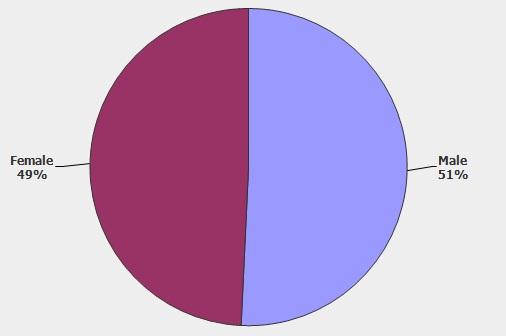
IMPORTANT: Data presented here represents results from the total population of respondents unless one or more factors were significantly different from the total population to
require in our opinion being broken out by age groups. In those cases we presented additional graphs following the general population graph broken out by children and young adults
(newborn to age 25) and adults (age 26 and older).
Sex of Patient

% Multiple Hydrocephalus Diagnosis in a Single Family
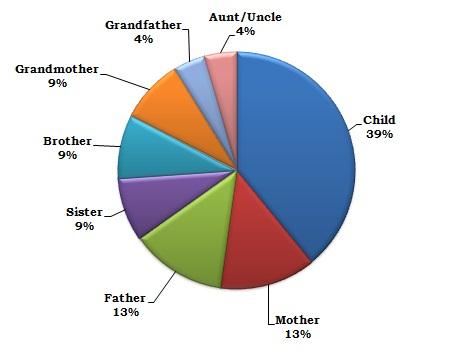
Relationship of Family Members with Hydrocephalus to the Patient
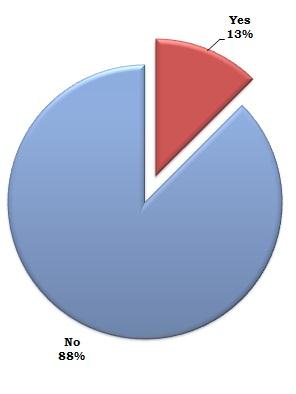
% of Hydrocephalus Cases Diagnosed during Pregnancy
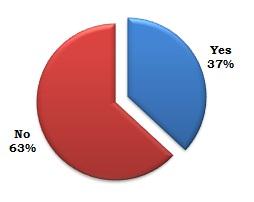
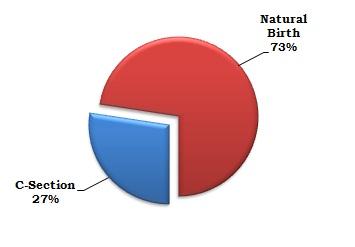
% of Patients Where Hydrocephalus Was Diagnosed Soon After
Birth Method for Children Diagnosed with Hydrocephalus After Birth
Hydrocephalus Diagnosis
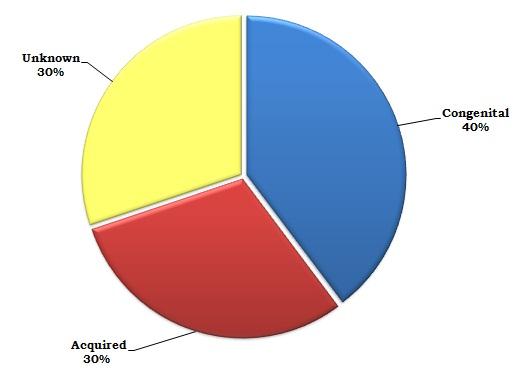

Type of Hydrocephalus Diagnosed
Causes of Hydrocephalus in Reporting Population
Age When Patient was Diagnosed with Hydrocephalus
Age when Patient was First Treated for Hydrocephalus by Surgical
Means (Shunt or ETV)
Current Age of Hydrocephalus Patient
Average Number of Revisions by Age Group
Note: Average # of revisions for the respondent population in total was 5. The Average # of revision for newborn to age 25 group is 3, while
the average # of revisions for the adult group (26 and older) is 6.
Action Taken at the Time Hydrocephalus was Diagnosed
Common Shunt Placements
Manufacture of Shunt(s) Implanted in Reporting Population
Type of Shunt Valve Currently Implanted
Number of Times Adjustable Valve Required Re-Programming
Note: The average # of adjustments required before proper pressure setting for patient is reached is 2-3 based on survey respondents.
Casual Factors for Revision
Note: respondents were asked to report on all causal factor for revisions. The % indicates respondents that reported revision in that category,
not the % of one category in relation to the other categories shown.
Casual Factor of Revision Expressed as % of Total Revision for
Reporting Population
Was ETV successful?
Common Physical Complaints Attributed to Having a Shunt
Note: respondents were asked to report on all physical complaints attributed to their shunt. X axes indicates the % of respondents with that
complaint not the % of the compliant in relation to the other complaints shown.
Common Causes for Headaches
Note: respondents were asked to report on all causes for headaches. X axes indicates the % of respondents that reported headaches caused in
category not the % of one category in relation to the other categories shown.
Frequency of Headaches for Hydrocephalus Patients with Shunts or
Frequency of Headaches for Hydrocephalus Patients with Shunts or
ETV's - Adults (26 and Older)
Severity of Headaches for Patients with Shunts or ETV
Average Duration of Respondents' Headache / Migraine
Primary Drug Used for Headache Control
Excedrine Migraine 2.6%
Acetamenaphine 1.7%
Secondary Drug Used for Headache Control
Excedrin migraine
Extra Strength Aspirin
Memory Problems for Respondent Population
Changes in Seizure Activity Since Being Treated for Hydrocephalus
Changes in Mobility After Being Treated for Hydrocephalus
Changes in Gross Motor Skills Since Being Treated for
Changes in Fine Motor Skills Since Being Treated for Hydrocephalus
Changes in Vision Since Being Treated for Hydrocephalus
Changes in Response to Touch Since Being Treated for
Changes in Emotional State Since Being Treated for Hydrocephalus
Ability to Maintain Same Activity Level Since Being Treated for
In this case, "activity level" refers to the ability to continue activities like walking, dancing, golf, running, skiing, gardening, etc.
Highest Level of Education Attained by Patient
Highest Level of Education Attained by Patient - Age 16 to 50
Includes patients treated with first generation of modern shunts.
% of Hydrocephalus Patients Able to Continue Employment After
Diagnosis and Treatment
Source: http://nhfonline.org/Survey-Welcome%20and%20Results-2009.pdf
Versorgungspreis erstmals verliehen ACHSE und die Central-Kran-kenversicherung haben zwei vorbildliche Versorgungspro-jekte für Seltene Erkrankungen ausgezeichnet – Seite 4 „Waisen der Medizin" ziehen durch DeutschlandEine Fotowanderausstellung unter der Schirmherrschaft von Bundesministerin Informationen für Freunde und Förderer
ICAR Sponsored Centre of Advanced Faculty Training in Agricultural Microbiology Annual Report (2014-15) Department of Agricultural Microbiology Directorate of Natural Resource Management Tamil Nadu Agricultural University Coimbatore - 641 003 ANNUAL REPORT Centre of Advanced Faculty Training in Agricultural Microbiology









